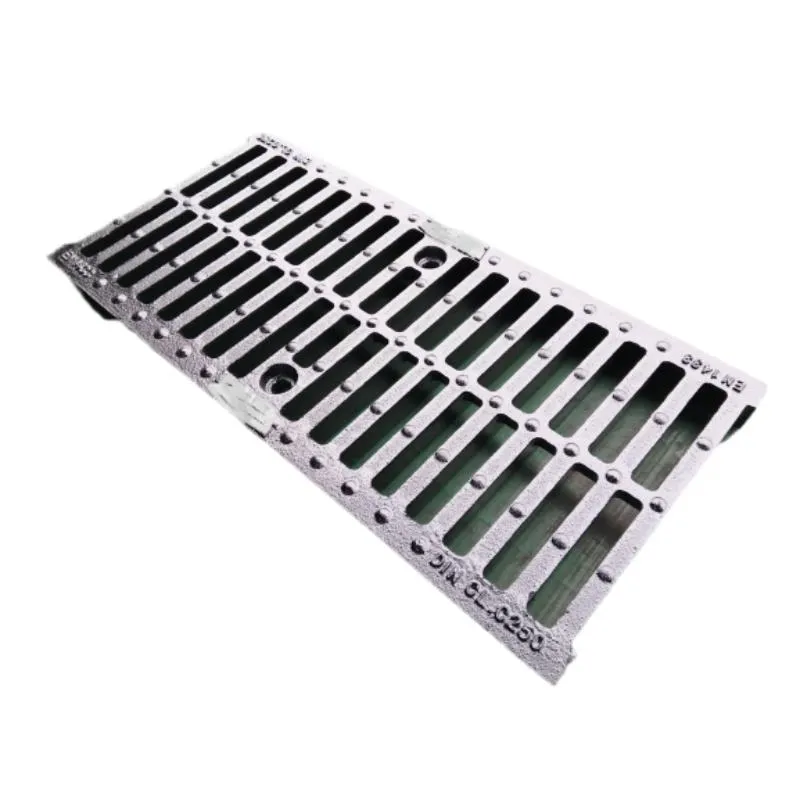Drainage Gate Valve for Efficient Fluid Control and Management Solutions
Understanding the Gate Valve with Drain A Comprehensive Overview
The gate valve is a crucial component in piping systems, widely utilized in various applications across industries such as water supply, oil and gas, and chemical processing. Among its variants, the gate valve with drain functionality has gained attention for its unique design and operational benefits. This article aims to elucidate the features, advantages, and applications of the gate valve with drain.
What is a Gate Valve?
A gate valve is a type of valve that opens or closes by raising or lowering a gate (or wedge) within the valve body. Unlike other valve types, such as globe valves or ball valves, gate valves are primarily designed for on/off services and provide minimal pressure drop when fully opened. This characteristic makes them particularly suitable for applications where a straight-through flow is required, minimizing turbulence in the fluid.
Introduction to Gate Valves with Drain
A gate valve with drain incorporates an additional drainage feature that allows fluid to be expelled from the valve body. This design is particularly advantageous in several scenarios, such as maintenance, purging, or facilitating emptying of piping systems. The drain port provides operators easier access to remove fluids from the valve, ensuring that the system can be effectively isolated and serviced without residual fluid interfering with operations.
Key Features
1. Dual Functionality The gate valve with drain makes it easier to both control fluid flow and manage fluid within the system, enhancing operational efficiency.
2. High Flow Capacity Like traditional gate valves, the design ensures low resistance to flow when fully open, which is critical for processes requiring high flow rates.
4. Versatility Suitable for numerous applications, the gate valve with drain is used in water treatment plants, wastewater systems, and chemical processing units, making them a versatile choice for engineers.
gate valve with drain

Advantages of Using Gate Valves with Drain
1. Improved Maintenance The integrated drain feature simplifies maintenance procedures. By allowing for easy draining of the valve and adjacent piping, it enhances the safety and longevity of the system.
2. Emergency Isolation In emergency situations, closing the gate valve and draining the fluids can prevent spills or overflows, making the system safer and more manageable.
3. Enhanced Control The ability to drain can help operators achieve better control over the pipeline's state, aiding in processes such as pigging operations or flushing systems.
4. Cost-Effectiveness By reducing the need for additional equipment to manage fluid expulsion, the gate valve with drain can contribute to lower overall operational costs.
Applications
The gate valve with drain is especially valuable in industries where fluid control is critical. In municipal water supply systems, these valves are employed to manage flow efficiently while enabling maintenance without major disruptions. In oil and gas applications, they provide a reliable means to drain equipment for servicing, especially in offshore installations where environmental safety is paramount.
Furthermore, in chemical processing, where corrosive substances are involved, the draining feature plays a vital role in managing cleaning and maintenance procedures, ensuring that the residual chemicals do not pose risks to operators or facilities.
Conclusion
In summary, the gate valve with drain is an essential component for modern pipeline systems, offering a combination of reliability, efficiency, and enhanced maintenance capabilities. Its dual functionality makes it a preferred choice among engineers and operators in various industries. As systems continue to evolve and demand for efficient fluid control increases, the significance of such innovative valve designs will undoubtedly grow, cementing their role in the future of fluid management.
-
The Smarter Choice for Pedestrian AreasNewsJun.30,2025
-
The Gold Standard in Round Drain CoversNewsJun.30,2025
-
The Gold Standard in Manhole Cover SystemsNewsJun.30,2025
-
Superior Drainage Solutions with Premium Gully GratesNewsJun.30,2025
-
Superior Drainage Solutions for Global InfrastructureNewsJun.30,2025
-
Square Manhole Solutions for Modern InfrastructureNewsJun.30,2025
-
Premium Manhole Covers for Modern InfrastructureNewsJun.30,2025
